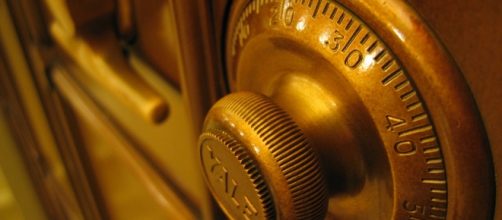Most people believe that storing things inside a combination-locked safe ensures that the material is well-protected from others. However, technology has grown so much within the last few years that cracking such safes have become much simpler than ever before. This was demonstrated at the Defcon event, a gathering of the world’s most renowned and expert hackers, this year where a robot managed to crack a locked safe.
Robots can crack safes
The audience was left shocked and impressed by the capabilities of the Robot in question to unlock the safe with a six number combination.
As such, without knowing what the code is, there are millions of combinations that could be used without ever stumbling on the real one. However, the robot when engaged can trim down those million combinations into just 1,000.
After this the robot tries to unlock the safe through a brute force method by quickly trying to input all of the 1,000 combinations, until the safe finally cracks. The team from SparkFun Electronics went up on stage with the new robot to showcase the abilities of the equipment. The audience was left stunned as the robot managed to crack the safe open in a matter of just 30 minutes. The safe in question belonged to the company SentrySafe.
After the event, the team joked that the robot could have opened the safe much earlier but that it was ensuring that it filled the team’s 45-minute time slot.
The robot is capable of opening the mechanized lock of all safes, but will not be able to do the same in case of digital locks. However, there are several vulnerabilities in those digital locks as well, which prevent them from being impervious to any flaws. The team also revealed that the robot was created using a 3D-printer and was worth around $200. The 3D printed parts ensued that they can be replaced or altered depending on the brand of safe to be cracked.
How the robot determines the correct combination
One of the team members received a safe from his wife on Christmas, whose code she did not know. This inspired the man to search for a method of finding the correct combination. The safe in question had three dials with two digits each on one dial.
This complex system means that there can be more than a million combinations to the safe.
The robot does not try out all million combinations, but instead determines the right code by studying the indents of the dials. The correct combination will have longer indent markings than the incorrect combinations. In this way the robot can quickly lower the possible number of combination to just 1,000.


